May 24, 2025 | 16:22 GMT +7
May 24, 2025 | 16:22 GMT +7
Hotline: 0913.378.918
May 24, 2025 | 16:22 GMT +7
Hotline: 0913.378.918
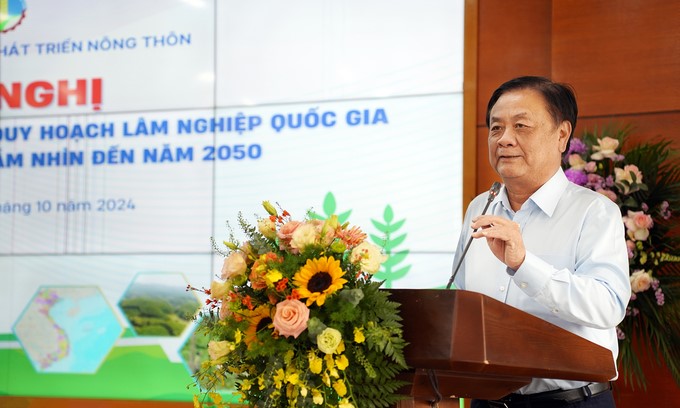
Minister Le Minh Hoan: 'Forestry Planning needs to go hand-in-hand with attracting investment.' Photo: Bao Thang.
According to the National Forestry Planning for the 2021-2030 period, with a vision to 2050, the forestry sector maintains a stable national forest coverage rate of 42–43%. The average growth rate of forestry production value reaches 5–5.5%/year. Planting production forests reaches an average of 238,000 hectares/year and protection and special-use forests of 8,600 hectares/year. At least 1 million hectares of forests achieve sustainable forest management certificates.
Domestic wood output reaches 35 million m3 (by 2025) and 50 million m3 (by 2030). By 2025, income from production forests will increase 1.5 times, and revenue from forest environmental services will increase by an average of 5%/year. By 2030, 100% of forest areas owned by forest owners who are organizations will be managed sustainably.
Director of the Department of Forestry Tran Quang Bao said that during this period, more than 15.8 million hectares of forestry land are planned, of which nearly 93% is forested land. Specifically, the area of special-use forest land by 2030 is 2.45 million hectares, protection forest land is 5.23 million hectares, and the remaining 8.16 million hectares are production forest land.
To serve these goals, the forestry sector must ensure an average supply of 575 million seedlings/year by 2030 and build 5-7 high-tech parks with a capacity of about 200 million seedlings/year.
At the same time, plant 2.47 million hectares of forests, of which 1 million hectares are large timber forests. The average area localized for forest regeneration is 93,000 hectares/year. Complete planting of 1 billion trees by 2030. Strive to achieve 1 million hectares of forest area certified for sustainable forest management by 2030.
Accompanying services are developed synchronously, such as maintaining and newly opening 6,000 km of traffic roads and 5,400 km of fire-resistant runways. Forest environmental services (including carbon credits) and ecotourism associated with forest protection and development are promoted. In particular, about 3.7 million hectares of forest being managed by the Community People's Committee will be handed over to forest owners.
The Planning also orients forestry development. Of which, focus on two regions with a lot of geographical balance: the Northern Midland and Mountainous Region (about 6 million hectares) and the North Central and Central Coast Region (about 5.8 million hectares). These two areas strive to achieve an average forest coverage rate of about 55% by 2030.
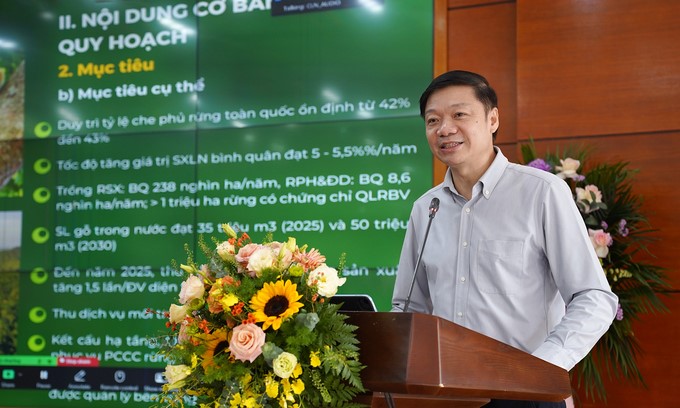
Director Tran Quang Bao: "Localities increasingly pay attention to forestry." Photo: Bao Thang.
Director Tran Quang Bao assessed that according to the recently approved Planning, the forest area across the country is basically stable. Therefore, the Planning raises many issues about improving forest quality, contributing to helping Vietnam fulfill its commitments to combat climate change.
Additionally, localities increasingly pay attention and have many policies to support forestry. For example, in the previous period, the entire country had about 180 nature reserves, but in the 2021-2030 period, this number increased to more than 230. Some conservation areas, such as Xuan Lien (Thanh Hoa province), are also making efforts to upgrade their status to a national park in order to attract more resources to protect and develop sustainable forests.
According to Deputy Director Pham Hong Luong, the Forestry Planning is related to local planning. So, he asked the Forest Protection Sub-Department and the Department of Agriculture and Rural Development of provinces and cities to advise the Provincial People's Committee to concretize planning and deploy the implementation plan to the commune level, in which the top priority is to maintain and increase the forest coverage rate.
The leader of the Department of Forestry also noted more than 3 million hectares of unowned forest land across the country and requested 60 provinces and cities with forests be flexible in budget to allocate resources for forestry, in addition to exploitation from two national target programs on sustainable poverty reduction and economic development of ethnic minority areas.

Some localities expressed their opinions at the main bridge point, MARD's headquarters. Photo: Bao Thang.
Minister Le Minh Hoan highly appreciated the work of establishing, appraising, and organizing National Forestry Planning. He further suggested that when establishing planning, the drafting team should think more about how to attract investment resources, especially socialization resources.
"Planning is marketing the local image, highly the national image. After having a complete planning version, we must find a way to market that product to a large number of people, organizations, and businesses. We must make investors see opportunities when participating in the Planning," said the Minister.
According to the head of MARD, as soon as the Planning is implemented, it is necessary to strengthen information exchange with investors. Through these discussions, localities can review and adjust (to the extent possible), thereby finding common points and exploring new spaces, creating more motivation to attract investors.
In the spirit of "If something is good, try to do it. If something can be done better, keep trying," the Minister believes that announcing the Forestry Planning is only the first step for a series of subsequent activities. For example, to achieve the goal of regenerating an average of 93,000 hectares/year, the forestry industry needs to create livelihoods for people, in addition to training sessions on techniques to improve forest quality.
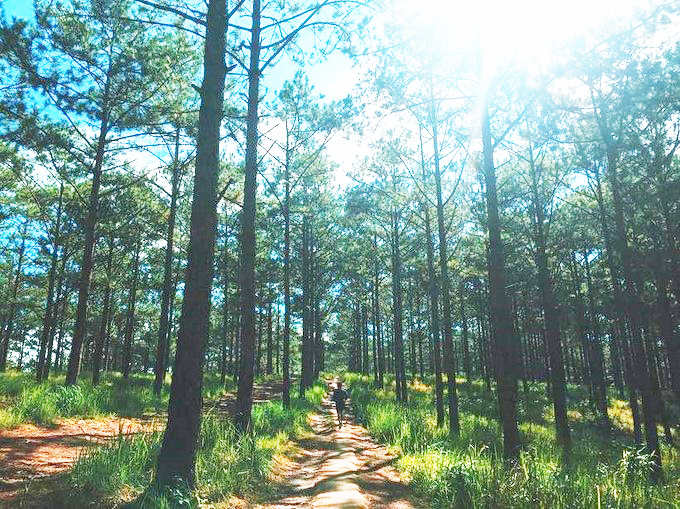
Pine forest in Soc Son district, Hanoi. Photo: Thanh Thuy.
Emphasizing that the value of forests is not just wood or medicinal herbs under the forest canopy, Minister Le Minh Hoan stated a number of key tasks that need to be performed in the coming time.
First, the locality reviews the National Forestry Planning to integrate with the Provincial Planning and proceeds to promulgate a thematic resolution on forestry. Second, build models to ensure livelihoods for people living in buffer zones and around forests, instead of just supporting money for forest patrols and protection.
Third, the entire forestry sector researches and develops the economy of medicinal herbs under the forest canopy; promulgates procedures for growing medicinal herbs under the forest canopy. Have mechanisms and programs to support seeds, bring people into cooperatives, and guide procedures for granting planting area codes to expand people's activities and avoid small and fragmented situations.
Fourth, build many stories around the exploitation of multiple values from forests. Minister Le Minh Hoan also suggested that the Department of Forestry could coordinate with localities to make short clips, introducing the potential and strengths of the planned area to create more emotions for investors.
Fifth, increase the application of science and technology in research and breeding; develop diverse silvicultural techniques; and localize for forest regeneration, especially in mountainous and remote areas.
Some opinions from localities at the conference said that there should be flexible mechanisms in forest protection and development tasks. Currently, in many places, there is a situation of "having money but not being able to spend it." Therefore, it is recommended that the Ministry of Agriculture and Rural Development provide more guidance to effectively implement the Forestry Planning.
Translated by Thu Huyen
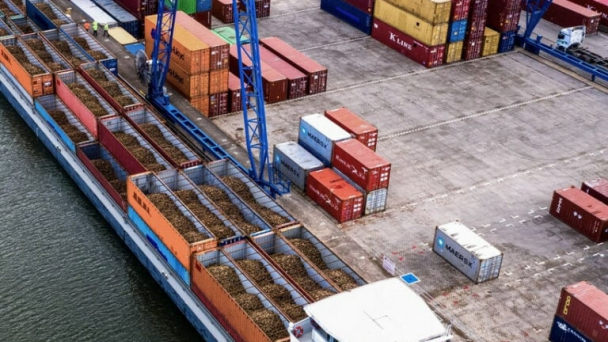
(VAN) The mutual export of agrifood products between the European Union (EU) and the United Kingdom (UK) must occur again without certification, border controls or other red tape. This was agreed at the UK-EU summit.
/2025/05/22/5121-2-173645_677.jpg)
(VAN) NBSAP Tracker identifies strengths and areas for improvement in the National Biodiversity Strategy, based on each region’s priorities and capacities.
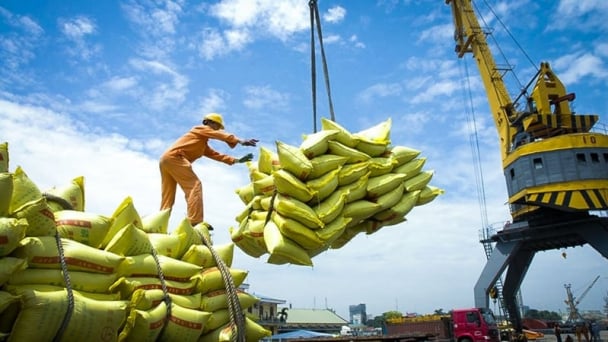
(VAN) The draft amendment to the Circular on rice export trading stipulates a periodic reporting regime for rice exporting enterprises.

(VAN) Dong Thap farmers attained an average profit margin of 64% during the summer-autumn 2024 crop (first season), while An Giang and Kien Giang farmers followed with 56% and 54%, respectively.

(VAN) As a doctoral student doing research on renewable energy and electrification at Harvard University, the author shares his musings on electricity, nature, and countryside memories.

(VAN) The decree on Extended Producer Responsibility (EPR) ensures transparent management and disbursement of support funds, avoiding the creation of a “give-and-take” mechanism.

(VAN) Hue City rigorously enforces regulations regarding marine fishing and resource exploitation, with a particular emphasis on the monitoring of fishing vessels to prevent illegal, unreported, and unregulated (IUU) fishing.